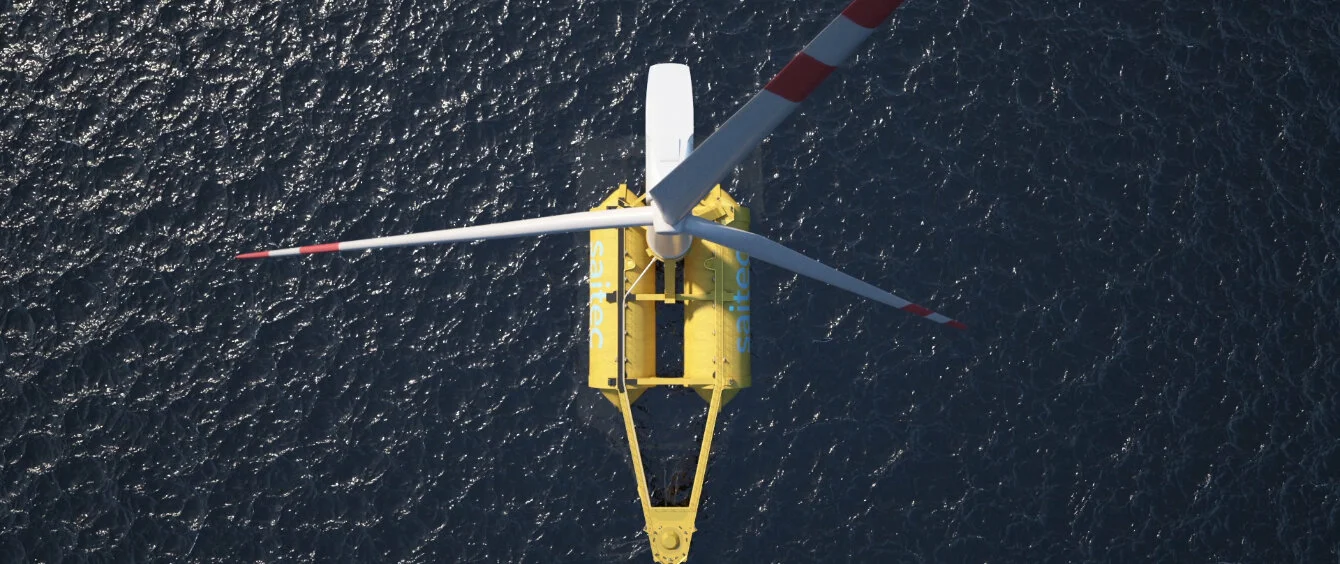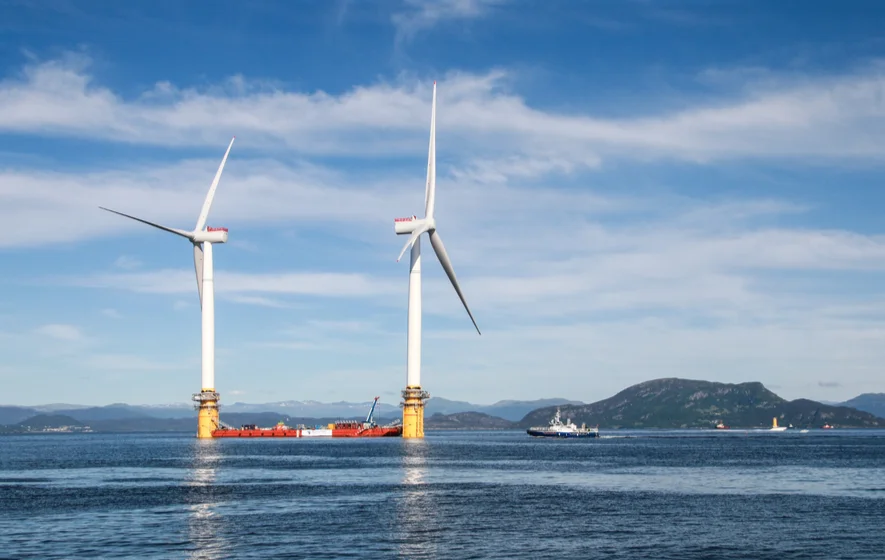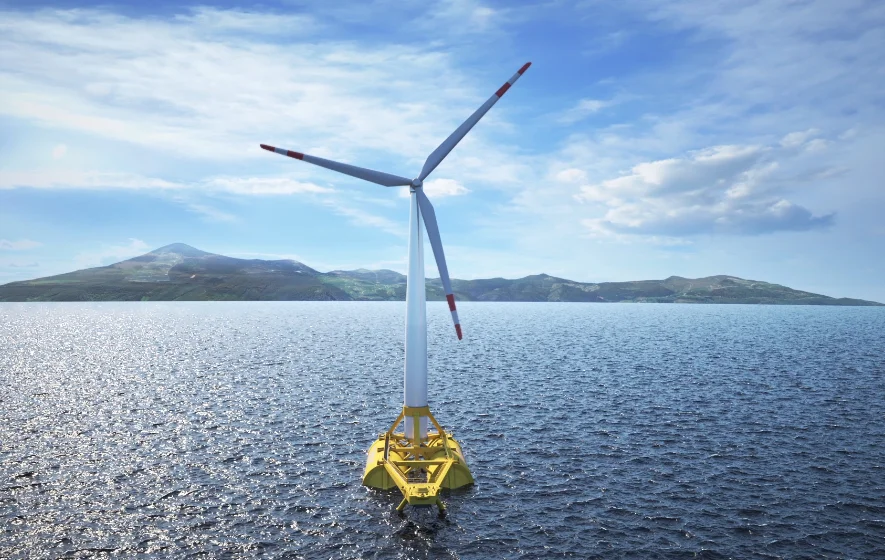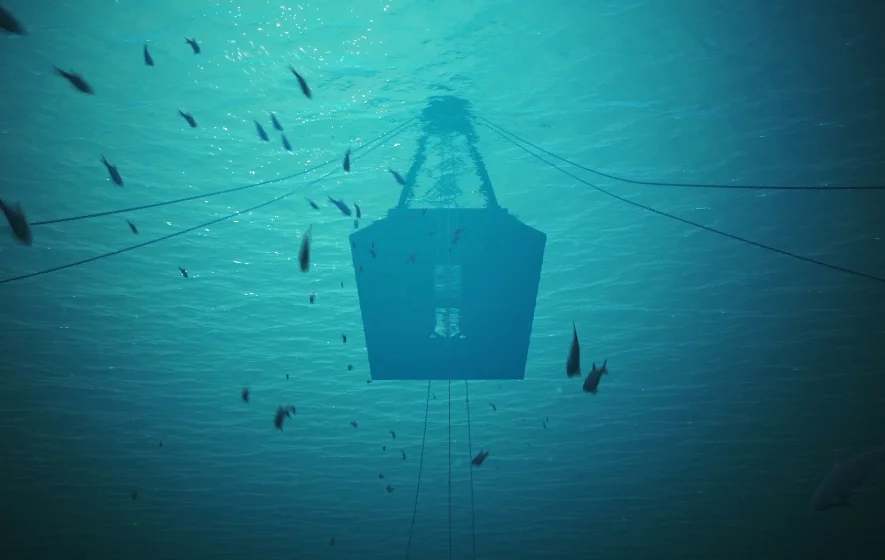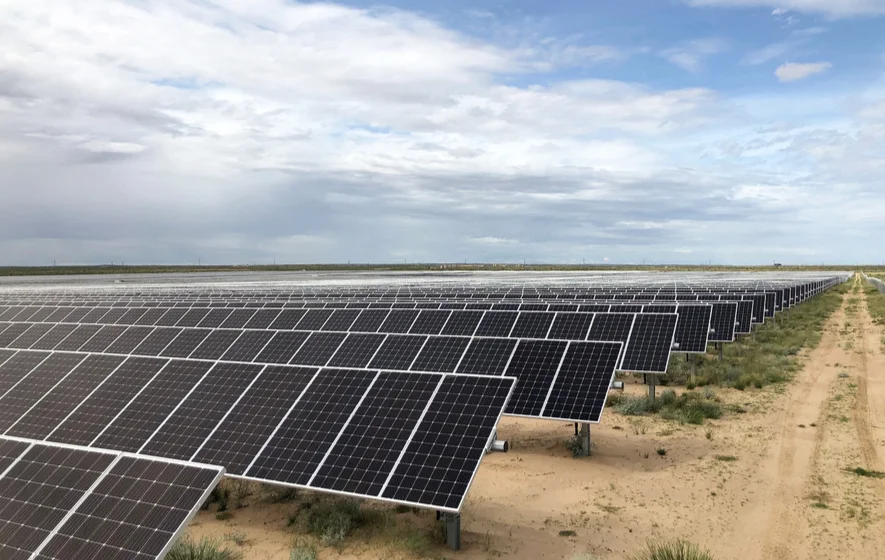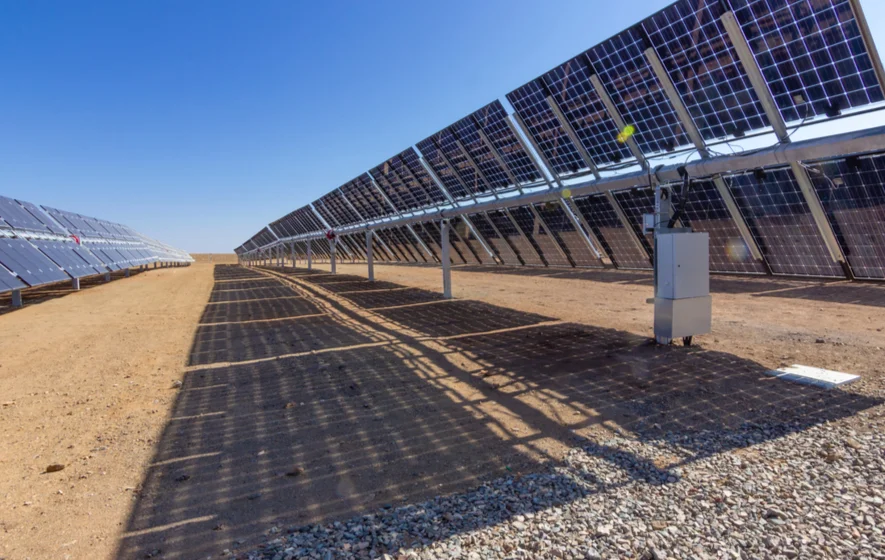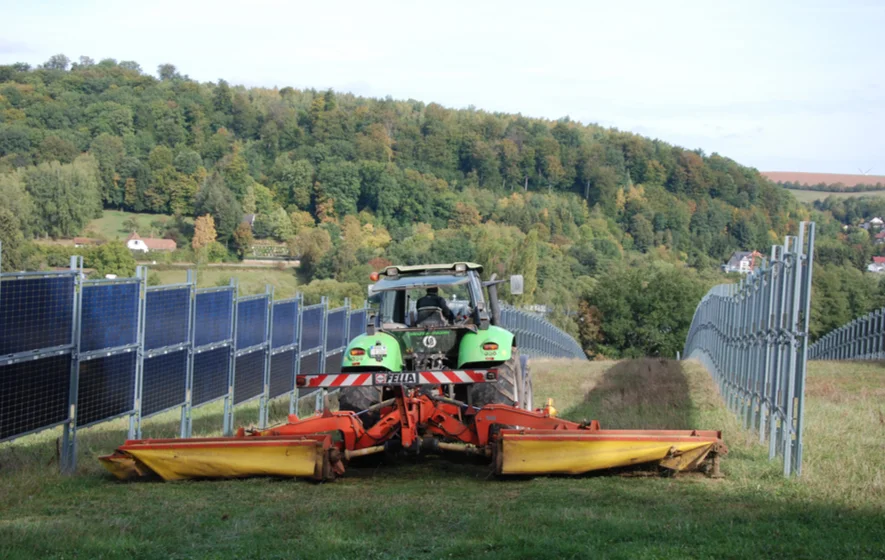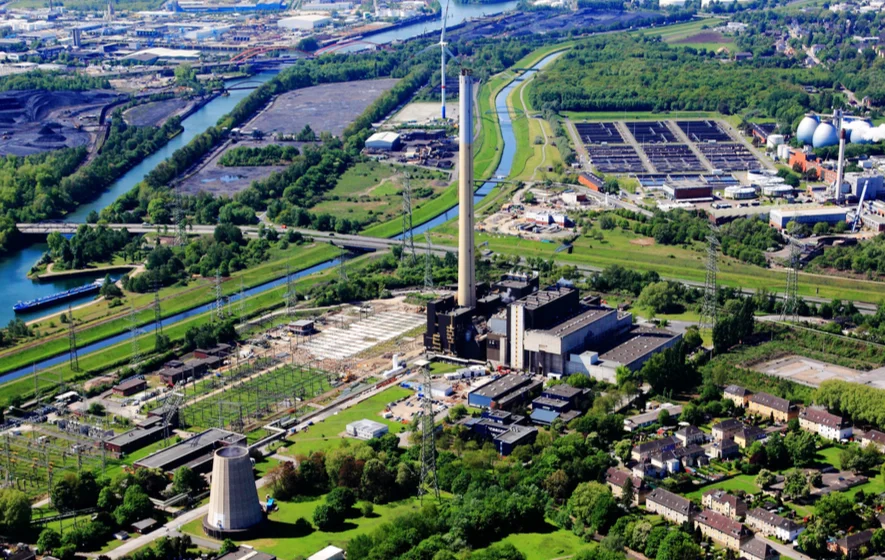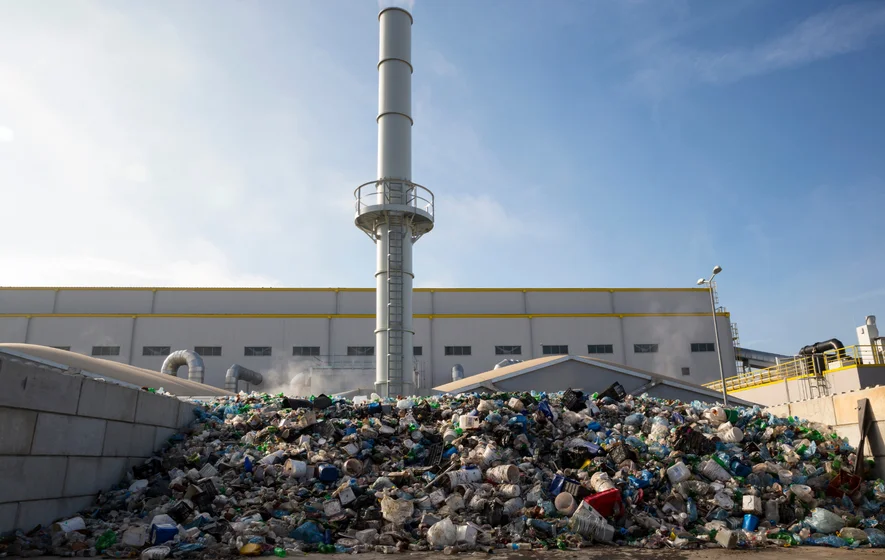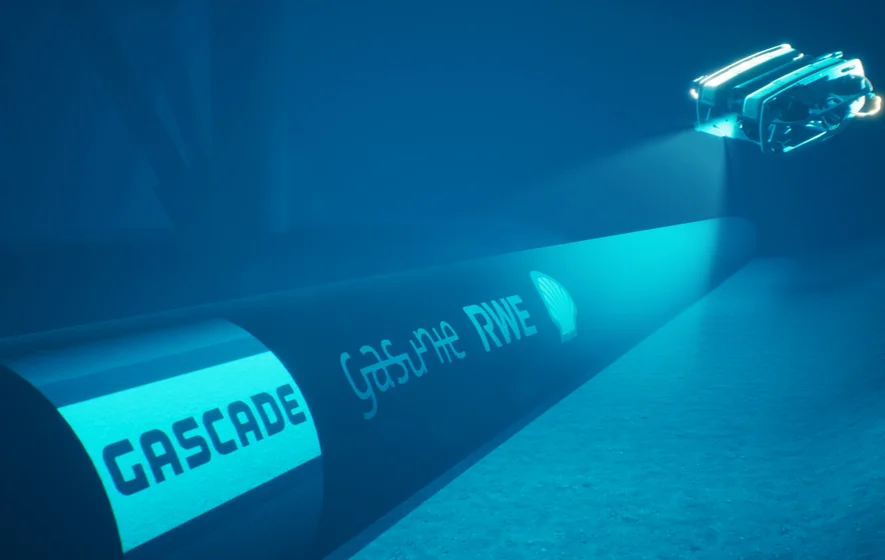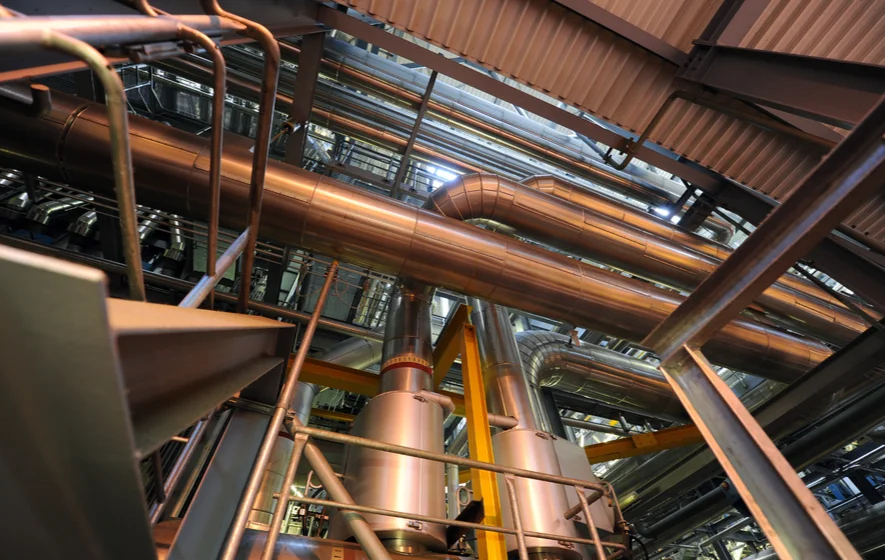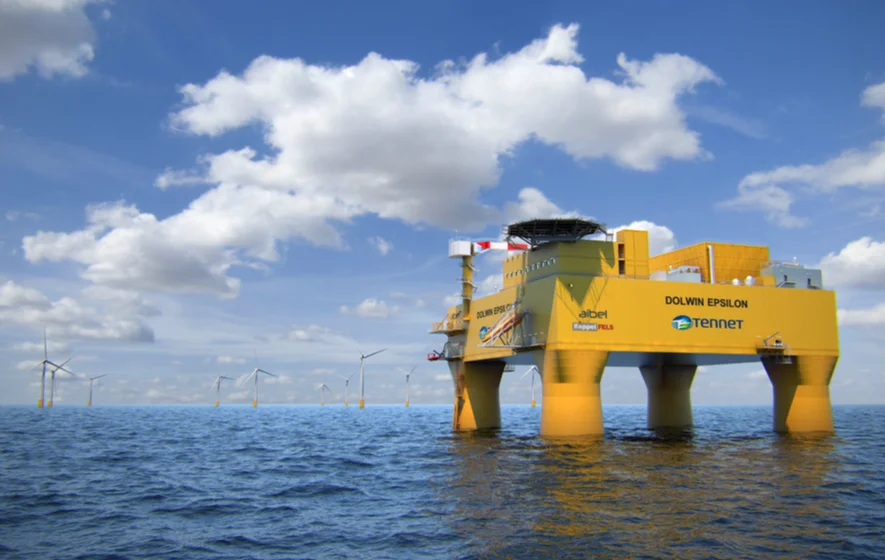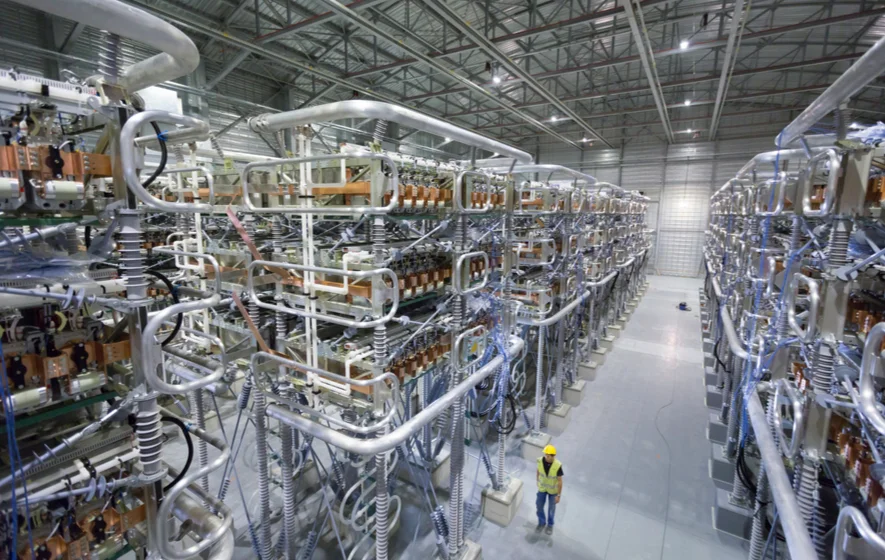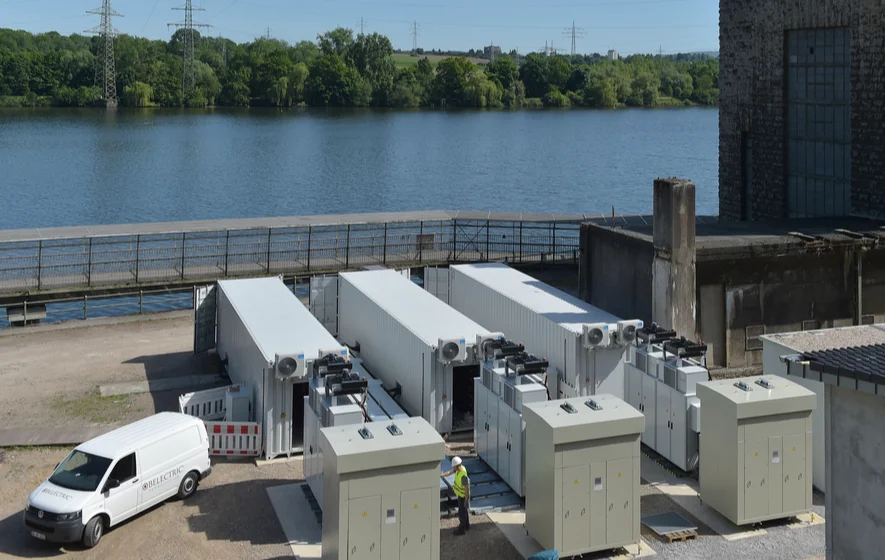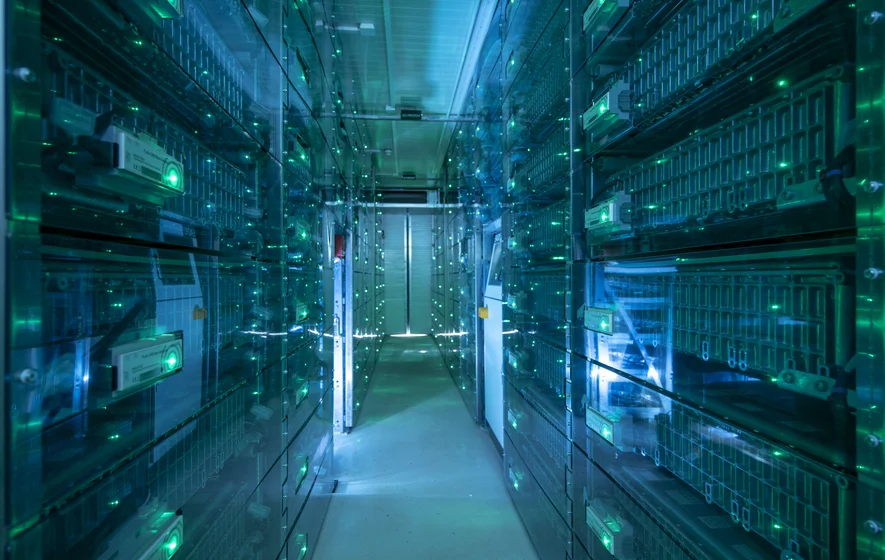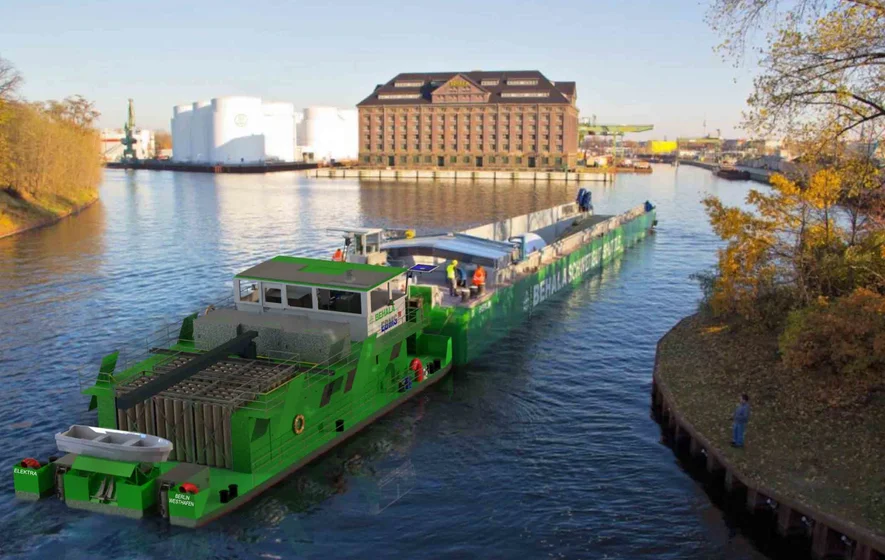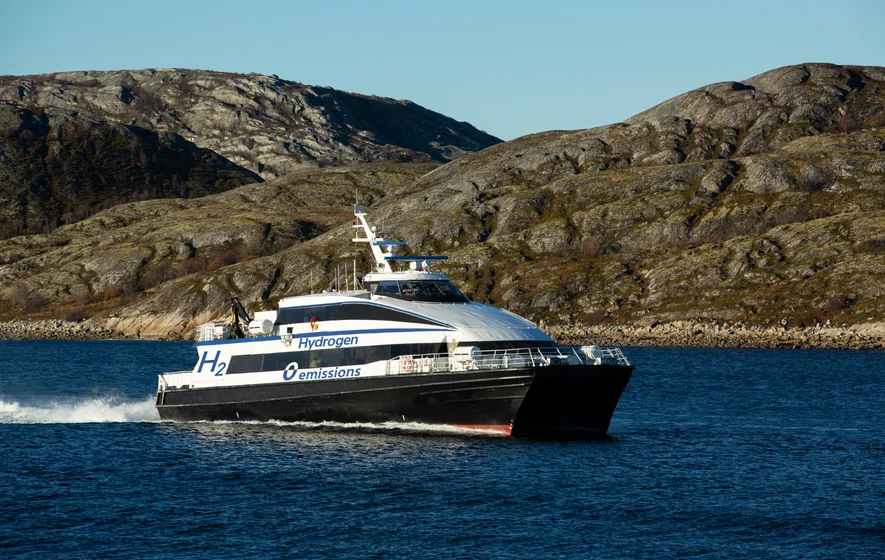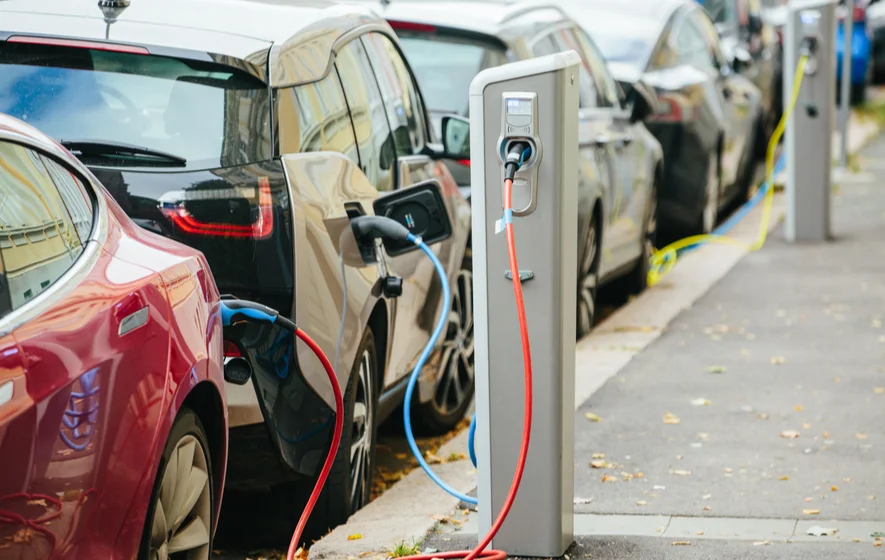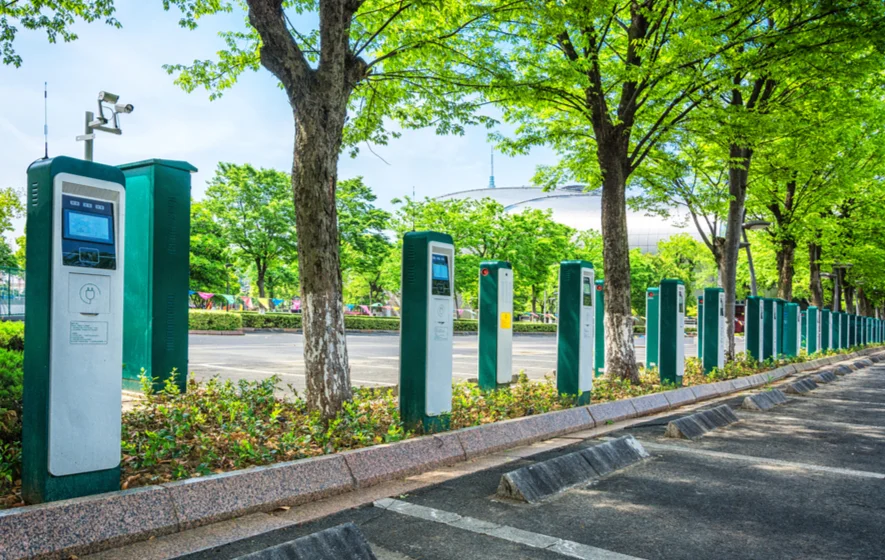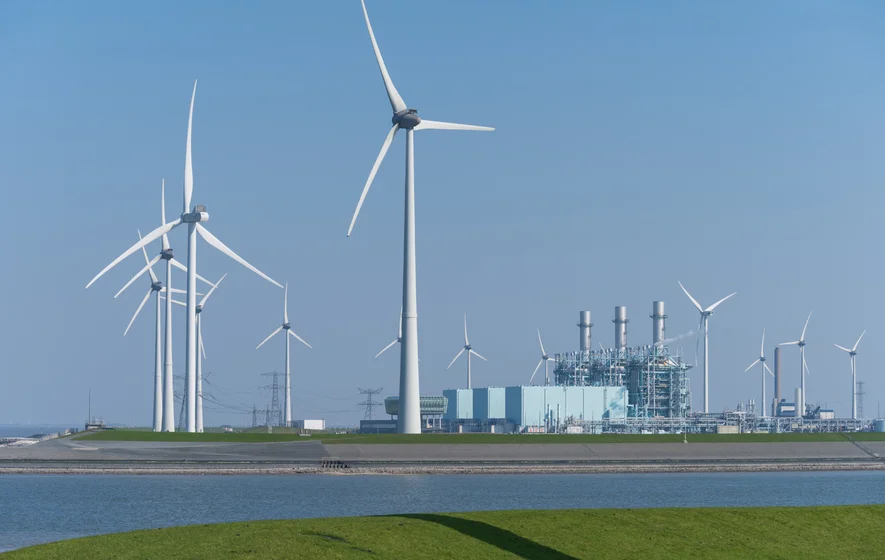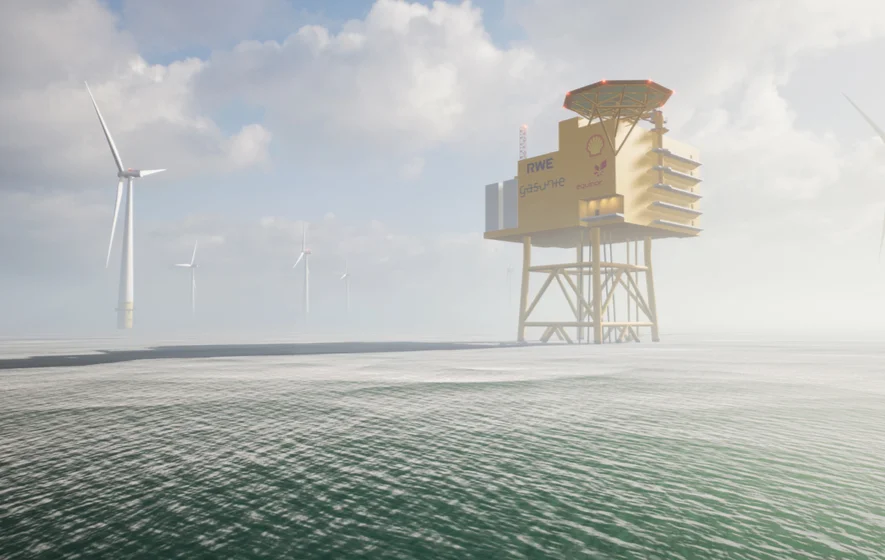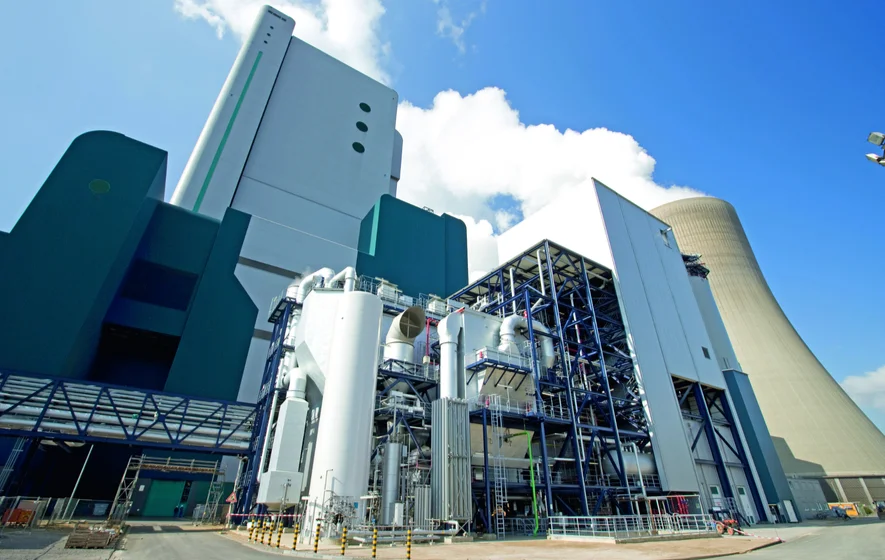New technologies and innovation are the keys to the energy transition. Innovative ideas are indispensable to the acceleration of the expansion of renewables in electricity supply and the decarbonisation of other sectors. Based on recent findings, annual global emissions must be reduced by eight percent in the coming years in order to achieve the climate target set in the Paris Agreement. The only way to accomplish this is through efficient and sustainable methods.
Consultancy DNV has identified ten key technologies that will shape the energy transition in the years ahead and presented them in a report. In addition, the analysts made cost forecasts and investigated unit installation challenges. This involved looking into how the techniques are linked to and interact with each other – e.g. whether they can be used in multiple areas or support the implementation of other technologies. This is important in DNV’s view as the consultancy is convinced that no single technology can spur the energy transition or solve the climate problems. The report’s authors believe that collaboration and interaction are key.
In this article, en:former will showcase the technologies and provide an outlook on the developments of the energy sector in the next few years.
Floating wind technologies
Floating wind turbines are one of the most exciting innovations in the wind industry and present entirely new possibilities for wind power at high sea. Turbines with fixed foundations can only be operated at sea in depths of up to 60 metres. This limits the number of suitable locations as water depths increase rapidly in many coastal areas, quickly amounting to several hundred metres.
Floating technology enables wind turbines to be mounted to floating platforms, making them operable in deeper waters. The towers and rotors, which often weigh in at hundreds of tonnes, are kept afloat with steel and concrete buoys. These floats can extend to a maximum of 80 metres underwater and are anchored to the seabed with cables.
Two floating wind farms are already connected to the grid in Europe; Hywind Scotland Wind Farm off the Scottish coast, with five floating turbines and a total capacity of 30 megawatts (MW) so far, and Windfloat Atlantic in Portugal, consisting of three turbines having a combined capacity of 25 MW. Many additional projects – including ventures with RWE involvement – are in the preparatory phase.
Solar PV developments
Photovoltaics is among the lowest-cost technologies in the renewable energy business. The technique involves PV cells converting energy from the sun directly into electric power. Sunlight sets electrons in the cells in motion, generating electricity. In recent years, engineers have focussed mostly on fabricating bifacial modules, which have solar cells on both sides, novel cell technologies with increased capacity and reliability, and exploring new areas in which to set up PV modules, e.g. in agriculture. When combined, these approaches enable an extremely efficient use of space.
Energy and commodities from waste (Waste to fuel)
Even household waste harbours significant energetic potential. Municipal refuse can be used to generate both electricity and heat and produce fuels such as methane and biodiesel. This method is referred to as ‘waste-to-energy’ or ‘waste-to-fuel’.
A large portion of the world’s residential waste sits in landfills where it decomposes slowly. This process creates landfill gases largely consisting of methane and carbon dioxide. By capturing these gases and removing the carbon dioxide from them, they can be used as components in the production of biogases such as biomethane. In turn, biomethane can be used to generate heat in thermal power stations or as fuel for motor vehicles.
Waste incineration is another disposal method. It produces energy in the form of heat, which can be used in district heating or electricity generation. Depending on the composition of the refuse, this technique can have little to zero emissions. This is because the biogenic components of the waste have already absorbed carbon dioxide and only release the same amount of CO2 when they burn.
Pipelines for low-carbon gases
Transport lines play a pivotal role in the energy transition as well, one reason being that green hydrogen has to find its way to consumers after production. Likewise, carbon captured in industrial processes for storage or reuse has to be delivered to the storage or use site. Safe conveyance of these gases requires an expansive network of pipelines. Fortunately, this infrastructure does not have to be built from scratch, as existing pipelines can be repurposed.
However, moving these gases from point A to B is a new challenge. For example, hydrogen atoms are very small, enabling them to leak out of pipelines very quickly. One solution is to join and seal the hydrogen lines with welds. This modification would enable legacy infrastructure to be used for this application instead of building an entirely new network.
High-voltage DC grids
Green electricity is usually produced in remote areas, e.g. by wind farms many kilometres off the seashore. Integrating this energy into the grid requires a densely spun high-voltage direct-current network. This is because high levels of electric voltage are needed to transmit large quantities of energy over long distances. High voltage is created by power transformers and transmitted over cables. At the terminal, e.g. on the coast, the electricity is converted back to lower voltage by substations, after which it can be fed into the power grid.
New battery tech
Lithium-ion batteries are a mainstay of today’s electronic society and will probably be the dominating battery storage method of the future. The technology is key to the manufacture of EV batteries. However, scientists are also researching alternative storage techniques. An especially promising option are flow batteries, involving storage of electrical energy in chemical compounds. Two connected containers each house a different electrolyte. The exchange of ions between the containers converts electrical energy into chemical energy, thus charging the battery. During discharge, the process is reversed and returns to generating electrical current.
New shipping innovations
Innovations including the use of fuel cells have the potential to reduce the high level of emissions produced by the shipping industry. They run on alternative fuels like hydrogen. The chemical reaction of oxygen with a continuous feed of fuel creates energy in the fuel cells. When hydrogen is used as fuel, it reacts with oxygen without releasing additional carbon dioxide. Green hydrogen makes the drive completely emissions-free. Due to the high costs and shortcomings in terms of storage stability, this technology is currently especially well suited for deployment on short-haul ships such as ferries and short-distance trawlers. In addition, the possibility of using this technique on longer journeys is also being explored.
EVs and grid integration
The transportation sector is responsible for about a third of the EU’s carbon dioxide emissions, with 72 percent of this share going to road traffic. Electric vehicles are expected to be the game-changer. After all, over their entire life cycle – including production – they merely emit half as much carbon dioxide as conventional cars. Although over 12 million EVs are already in private use worldwide, some hurdles remain to be taken: mainly lower-cost production and improved infrastructure with charging offerings are needed for more widespread EV use.
And it gets better: electric vehicles may be able to do more than just avoid carbon dioxide emissions. Vehicle-to-Grid (V2G) systems could enable EVs to boost the power grid during peak load periods. For most of their service lives, cars are stationary and can thus be used effectively as storage. This concept envisages users charging their EVs while surplus amounts of power are produced. When demand is high, their cars can be used as intermediate storage units capable of feeding electricity back into the grid via the V2G system.
Green hydrogen
Green hydrogen is one of the great white hopes of the energy transition. In industry in particular, it is expected to replace fossil fuels en route to making a major contribution to lowering emissions in areas where direct decarbonisation is difficult. Sustainable hydrogen production can be carried out via electrolysis. This entails splitting water into hydrogen and oxygen using electric current. If the electricity originates from renewable sources of energy, production becomes emissions-free and the resulting fuel is classified as ‘green’.
Moreover, producing hydrogen enables large amounts of renewable energy to be stored over extended periods of time and transported over long distances. This makes hydrogen production especially efficient wherever renewable energy is generated, e.g. at RWE’s power plant site in Eemshaven (Netherlands). This is where an adjacent onshore wind farm produces green electricity for electrolysis. Further hydrogen centres are envisaged to be set up at many other locations worldwide.
Carbon capture and storage
Capturing carbon dioxide – either immediately upon release in industrial plants or by withdrawing it from the atmosphere – is deemed by experts to be crucial to hitting climate targets by 2050. Technologies building on this approach are intended for use especially in branches of industry for which there will not be any alternatives to reducing emissions in the near future.
Carbon can be best captured and filtered using chemical or physical solvents in an adsorption-desorption cycle. This entails accumulating the gas molecules on a firm surface. Thereafter, they must be used, e.g. to produce synthetic fuel or chemical products, or they have to be placed in permanent storage. This requires not just significant storage capacities, but also extensive infrastructure ensuring transport to storage systems, either via pipelines or ships.
